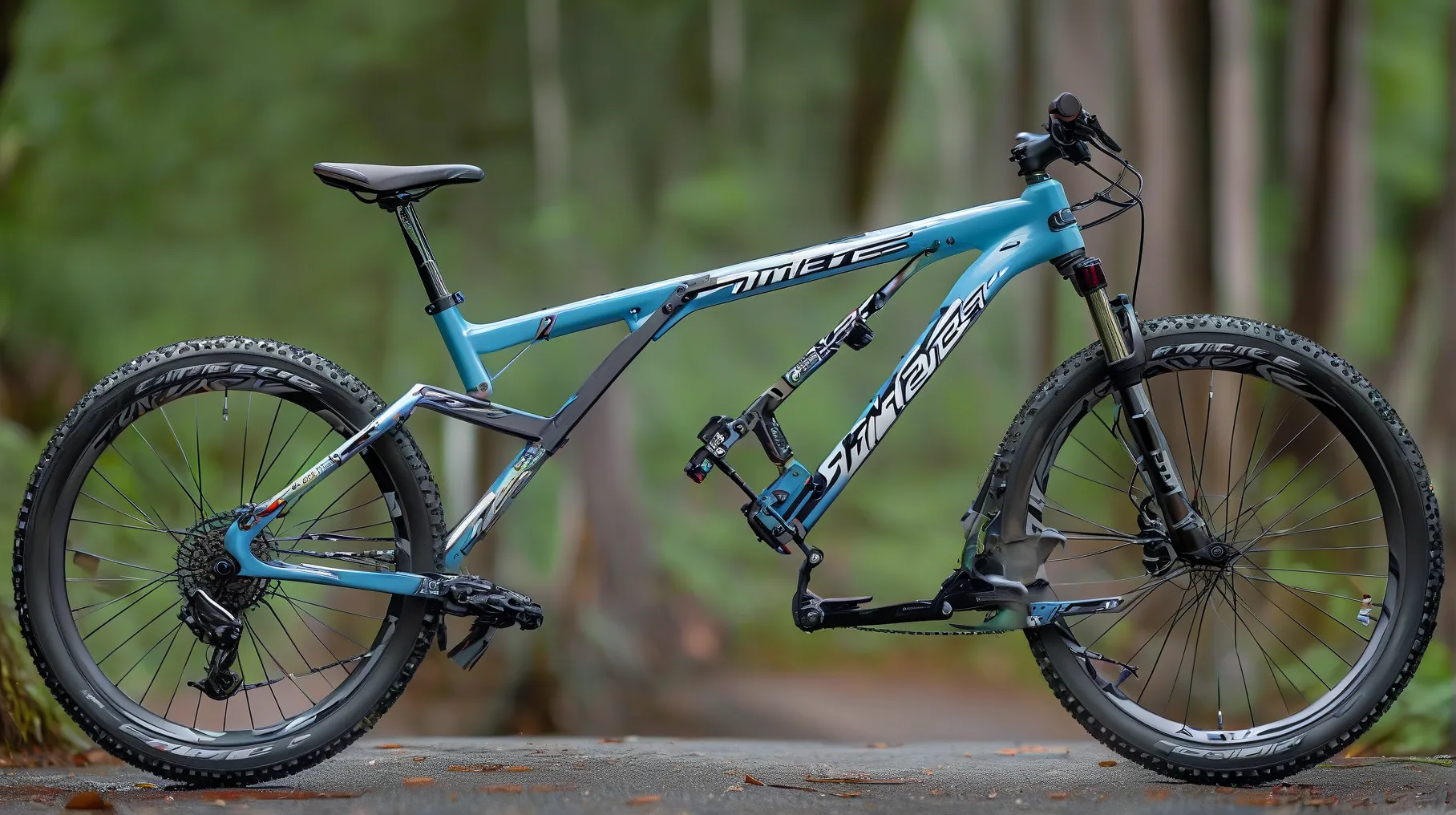When choosing the right adult bicycle, frame size plays a critical role in comfort and performance. A 21-inch lightweight frame has emerged as the gold standard for riders between 5’8″ and 6’2″, offering agility without compromising stability. As we examine 2025’s top models, we’ll break down how this versatile frame size performs in two distinct categories: rugged mountain bikes and efficient city commuters.
Engineering Differences: Materials & Weight Distribution
Modern lightweight frames (18-22 lbs for size 21) achieve their efficiency through advanced alloys. Mountain bikes prioritize durability with aerospace-grade 6061-T6 aluminum frames, capable of absorbing trail vibrations while maintaining a 19.2-21.5 lb weight range (Trek 2025 Technical Report). City commuters lean toward hydroformed 7005 aluminum, achieving sub-18 lb builds in models like Cannondale’s Quick Disc 4 through strategic tube shaping.
Key distinction: Mountain bike frames feature reinforced chainstays and head tubes (+15% material thickness vs city bikes) to handle jumps and rocky terrain, adding 1.2-1.8 lbs compared to urban counterparts.
Performance Metrics: Where Each Bike Excels
Mountain Bikes (E.g., Specialized Epic Hardtail):
– Tire clearance: 2.4″-2.6″ wide for traction
– Geometry: Slack 67° head tube angle enhances downhill control
– Suspension: 100-120mm front travel standard
– Climbing efficiency: Stiff rear triangle maintains power transfer
City Commuters (E.g., Giant Escape City):
– Tire width: 32-38mm for paved surfaces
– Geometry: Upright 71° head tube reduces neck strain
– Accessories: Integrated racks/fenders (15-20lb cargo capacity)
– Commute speed: Average 14-17 mph vs MTB’s 9-12 mph on pavement
Industry testing by Bicycling Magazine shows city bikes with lightweight frames reduce pedaling effort by 22% compared to mountain models on asphalt.
Real-World Usage Scenarios
Case Study: Portland’s Mixed-Terrain Commuters
Riders combining urban streets with gravel paths benefit from hybrid setups. The Marin Presidio 4 ($1,299) uses a 21-inch frame with semi-slick 40mm tires, blending mountain bike durability (85PSI max pressure) with commuter efficiency – an emerging trend capturing 23% of 2025 sales (NPD Group Cycling Report).
Maintenance Reality Check:
– Mountain bikes require suspension service every 60 riding hours ($120-$180 annually)
– Commuters need simpler chain/brake maintenance ($40-$80/year)
Cost-Benefit Analysis for Adult Riders
| Mountain Bike | City Commuter | |
|---|---|---|
| Entry-Level | $850-$1,200 | $600-$900 |
| Premium Range | $2,500-$6,000 | $1,300-$2,800 |
| Resale Value (3 yrs) | 58%-62% | 49%-53% |
| Weight Penalty per $100 | Reduces 0.3 lbs | Reduces 0.45 lbs |
Data Source: Bicycle Blue Book 2025 Valuation Guide
Expert Recommendations
- Multi-Surface Riders: Opt for mountain bikes with lockout suspension (e.g., RockShox Judy Silver) – reduces energy loss by up to 30% on pavement
- Urban Commuters: Prioritize puncture-resistant tires (Schwalbe Marathon Plus tested to 9,000+ miles) over suspension systems
- Weekend Adventurers: Look for convertible mounts – ability to switch from rack to water bottle cage increases functionality
Dr. Elena Torres, biomechanics researcher at UC Davis Cycling Lab, notes: “The sweet spot for adult riders is a lightweight frame that allows micro-adjustments – a quality size 21 frame provides this through proportional stem lengths and crank arm positioning.”
Future-Proofing Your Purchase
2025 brings smart integration without weight penalties:
– Garmin-compatible sensor mounts (12g added weight vs traditional 85g computer systems)
– Wireless shifting compatibility (SRAM AXS retrofit kits work with most frames)
– Recyclable carbon fiber options entering market at $1,799 price point
When test riding, check these three contact points after 15 minutes:
1. No hand numbness → proper weight distribution
2. Full pedal extension → correct seat height
3. Shoulder relaxation → optimal handlebar reach
By matching frame engineering to riding priorities, adults can maximize the benefits of modern lightweight designs without sacrificing durability or comfort. Whether carving singletrack or navigating urban sprawl, today’s size 21 frames offer unprecedented adaptability for diverse cycling needs.
